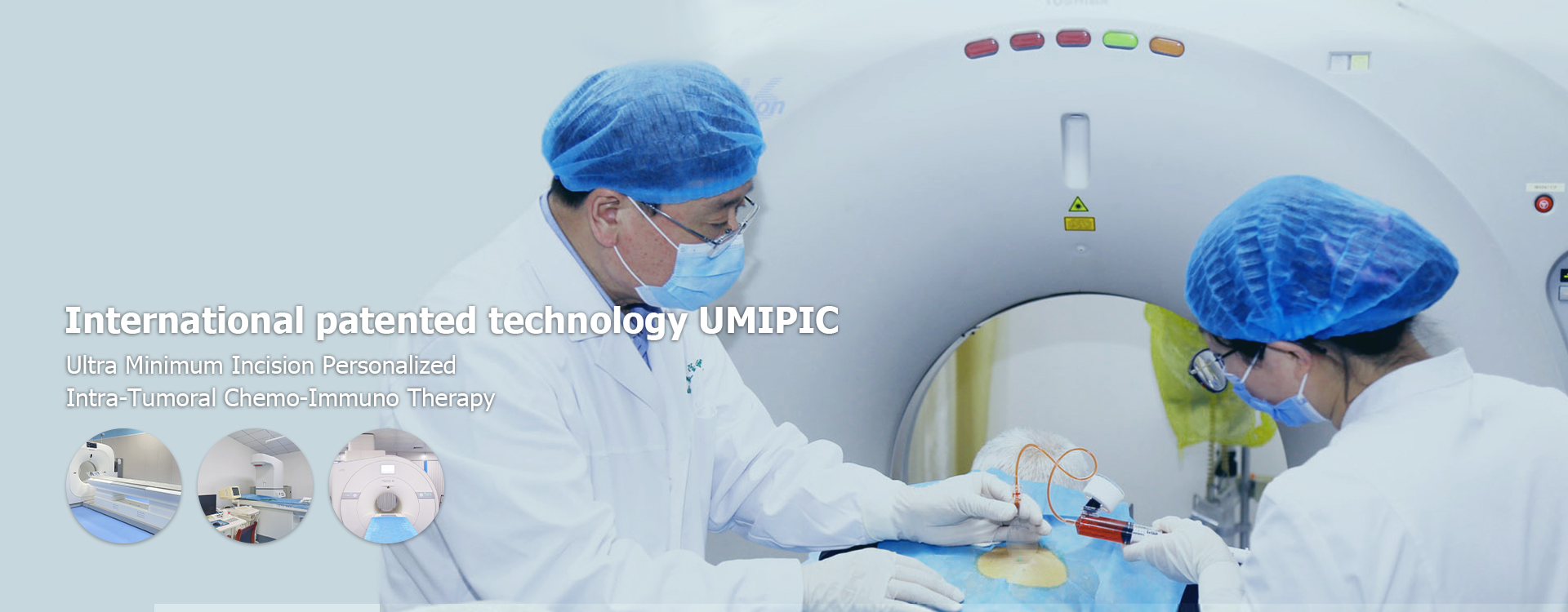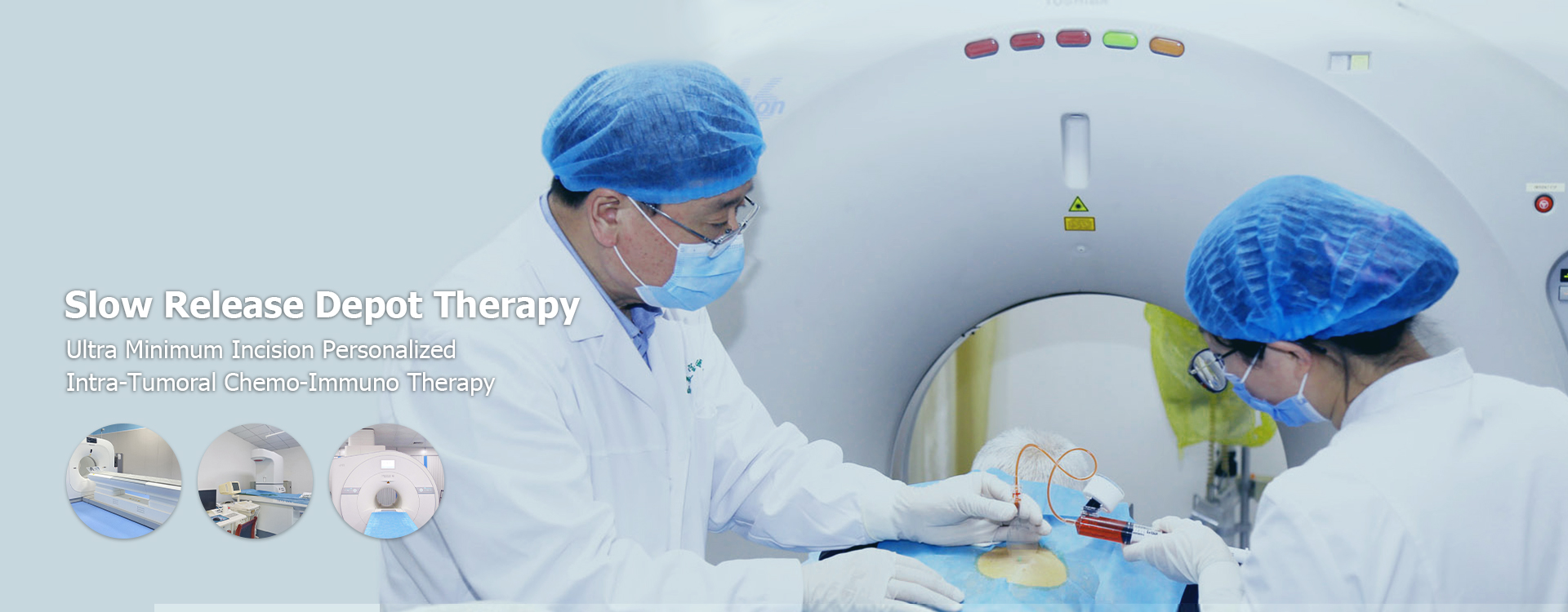
lung cancer treatment surgery cost
Lung Cancer Treatment Surgery Cost: A Comprehensive GuideUnderstanding the financial implications of lung cancer treatment surgery is crucial for effective planning. This guide provides a detailed overview of costs associated with different surgical procedures, factors influencing pricing, and resources to help navigate the financial challenges. We aim to empower you with the knowledge necessary to make informed decisions about your care.
Types of Lung Cancer Surgery and Associated Costs
The cost of lung cancer treatment surgery varies significantly depending on the type of surgery required. Several factors contribute to this variance, including the extent of the cancer, the patient's overall health, and the location of the surgical facility.Lobectomy
A lobectomy involves removing a lobe of the lung. The cost can range from $50,000 to $150,000 or more, depending on the factors mentioned above. This price typically includes the surgeon's fees, hospital stay, anesthesia, and post-operative care. Additional costs may arise from complications or extended hospital stays.Pneumonectomy
A pneumonectomy is a more extensive procedure that involves removing an entire lung. Given its complexity and longer recovery time, a pneumonectomy is typically more expensive than a lobectomy, often costing between $75,000 and $200,000 or more.Segmentectomy
A segmentectomy, a less invasive procedure, involves removing only a segment of a lung lobe. This surgery generally costs less than a lobectomy or pneumonectomy, with potential costs ranging from $40,000 to $120,000.Factors Affecting the Cost of Lung Cancer Surgery
Several factors can influence the final cost of your lung cancer treatment surgery: Hospital location and reputation: Hospitals in major metropolitan areas or those with renowned cancer centers often have higher costs. Surgeon's fees: Experienced surgeons with specialized expertise in thoracic surgery may charge higher fees. Length of hospital stay: The duration of your hospital stay directly impacts the overall cost. Complications can prolong this stay, leading to increased expenses. Anesthesia and medication costs: These costs vary depending on the complexity of the surgery and the individual patient's needs. Post-operative care: This includes physical therapy, rehabilitation, and follow-up appointments. Pre-existing conditions: Individuals with pre-existing health conditions may incur additional expenses related to managing those conditions during and after surgery.Navigating the Financial Challenges of Lung Cancer Treatment
The high cost of lung cancer treatment surgery can be daunting. Fortunately, there are several resources available to help: Health insurance: Review your health insurance policy carefully to understand your coverage for surgical procedures, hospitalization, and post-operative care. Financial assistance programs: Many hospitals and cancer organizations offer financial assistance programs for patients struggling to afford treatment. These programs may provide grants, payment plans, or other forms of support. Explore options offered by the hospital where you're receiving treatment, as well as national cancer organizations. Medicare and Medicaid: If eligible, Medicare and Medicaid can significantly reduce the financial burden of lung cancer treatment surgery. Fundraising: Consider starting a fundraising campaign to help cover the costs of your treatment.Cost Comparison Table
| Procedure | Estimated Cost Range (USD) |
|---|---|
| Lobectomy | $50,000 - $150,000+ |
| Pneumonectomy | $75,000 - $200,000+ |
| Segmentectomy | $40,000 - $120,000 |
Related products
Related products
Best selling products
Best selling products-
 Famous American female painter Muriel
Famous American female painter Muriel -
 Mark, a prostate cancer bone metastasis patient from the United States
Mark, a prostate cancer bone metastasis patient from the United States -
 PAT, rectal cancer patient from the United States
PAT, rectal cancer patient from the United States -
 Anthony, lymphocytic cancer patient from the United States 24
Anthony, lymphocytic cancer patient from the United States 24 -
 Nell Smith, a throat cancer patient from Switzerland
Nell Smith, a throat cancer patient from Switzerland -
 Andress, a 9-year-old boy from the United States
Andress, a 9-year-old boy from the United States
Related search
Related search- cancer in kidney cost
- treatment cribriform prostate cancer treatment Hospitals
- Cheap genetic mutation lung cancer treatment near me
- treatment advanced prostate cancer treatment Hospitals
- stage 3 prostate cancer treatment near me
- treatment brain tumor symptoms cost
- Cheap new treatments for lung cancer stage 4 near me
- pancreatic cancer back pain near me
- China treatment for breathlessness in lung cancer
- Cheap best lung cancer treatment centers cost





